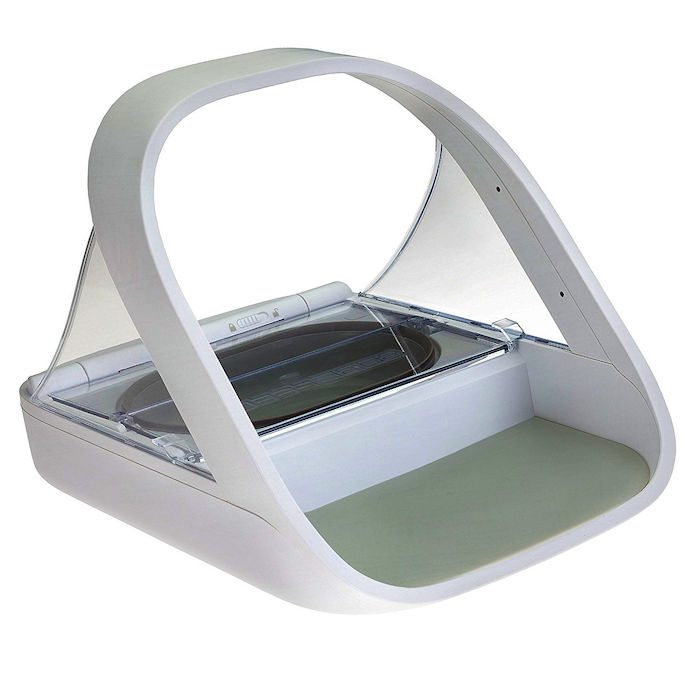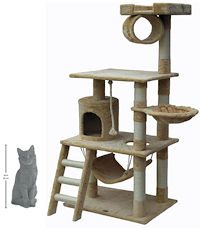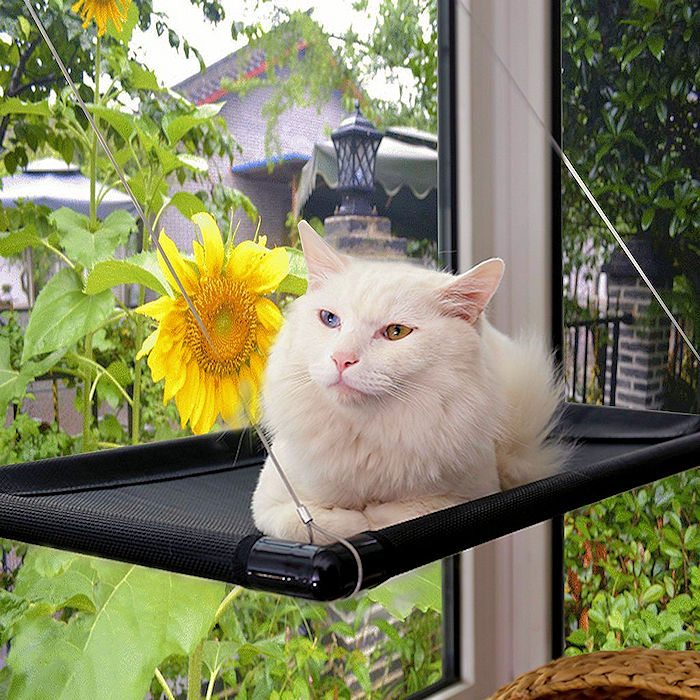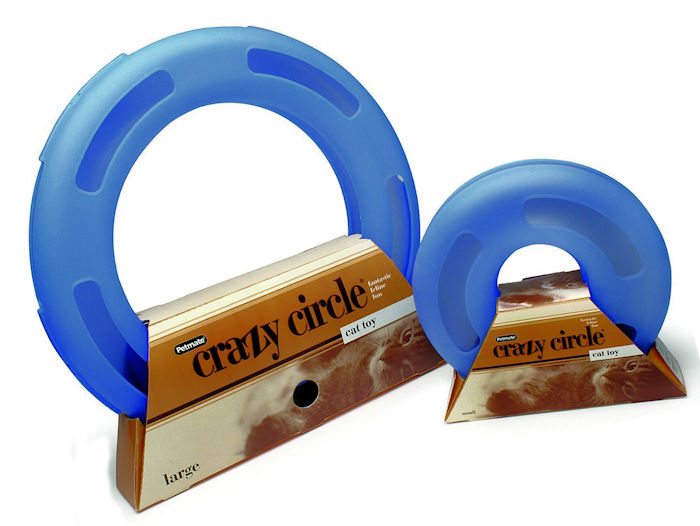
white cat in the garden
We are so immersed in technology and surrounded by machines it is often easy to overlook the natural wonder that is right next to us in the form of our cats. “How does my cat work?”, is a question I have often asked. Not so much as a mechanic wanting to understand the physical interactions of pistons, gears and gaskets but more as seeking understanding of the awe that is evident when you look at a cat, touch the cat, and watch the cat navigate through the world, guided by instincts and incredible forces we can barely comprehend.
When you get a cat, you should have a basic understanding of how your cat works both physiologically and psychologically, as it will give you a great amount of insight into your cat’s behavior. Some behaviors are driven by instinct or have a psychological base, but others come from a physiological need. Knowing the inner workings of your cat’s mind and body will help you meet your cat’s needs even better.
The Basic Anatomy of Your Cat
As a mammal, your cat has much of the same physiology as you. A cat has organs and tissues, along with a circulatory system that is similar to humans. Their skeleton is also similar, though some bones have a different length and placement. However, when it comes to digestion, a cat is a carnivore, where people are omnivores. This means that there is a slight difference in digestion that requires some difference in food.
The Cardiovascular System
Your cat has a similar cardiovascular system as most other mammals, including humans. Your cat has a heart, lungs, veins, arteries, and other blood vessels. Your cat’s cardiovascular system functions in the same way as yours, by moving oxygenated blood and white blood cells around the body to keep all the organs in working order.

The Respiratory System
Your cat’s respiratory system also functions in the same way as other mammals. Your cat has lungs, a nose, pharynx, larynx, trachea, and alveoli that work together to bring oxygen into the body and release carbon dioxide from the body.
The Skin
A cat’s skin provides the body protection, and it also has a layer of fat underneath it, just as human skin does. However, a cat’s skin does have some differences than human skin. First, while human skin has a light covering of hair, most cats have a full coat of fur, which keeps your cat warm by holding in body heat.
Your cat’s coat is part of its role as a hunter. The markings on your cat’s coat make it effective at camouflaging itself in the wild. The types of coat (long hair, short hair, wiry, etc.) along with the color and pattern of the coat have their roots in the wild, too. Cats from cooler areas had longer coats; cats from the desert had tan coats, etc. Though the original coats were more similar to the tabby, tiger-striped coat, breeders have brought about cats with an even wider variety of coat types and colors.
Claws
Although humans often refer to “clipping my cat’s nails” when discussing grooming, cat’s really do not have nails at all. Instead, your cat has claws, which can be retracted (although the cheetah is the only cat that cannot retract its claws).
There is a lot of debate about de-clawing your cat. Most experts agree that the de-clawing process is invasive and cruel to your cat, especially if you have a cat that goes outdoors, where your cat uses its claws for defense and climbing. The de-clawing process involves the removal of the claw, toe bone, ligaments, and other connective tissues. At times there are severe complications, and it can be very painful for your cat.
The procedure is banned in the U.K., but it is still commonly practiced in the U.S.
If you are concerned about your cat scratching up your furniture, children, or other pets, you will just need to keep your cat’s nails trimmed. You can also purchase nail caps to put over the nail to prevent serious damage to your things. However, scratching is a normal cat behavior, so you should be prepared for your cat to scratch on things by buying a scratching post and learning to let go of your furniture.
Foot Pads
The pads of the food are thickened skin, and they work as a shock absorber when the cat is walking or running. There is also the carpal pad on the front paws, which some experts believe may be used to stop skidding after a jump, but experts still do not have a definitive reason for the pad, because it does not have a real role in your cat’s movement.
 Whiskers
Whiskers
The whiskers are still a source of mystery for many cat experts. Most agree that the whiskers are specialized hairs that surround the face and eyes. Cats will use their whiskers like little antennas, guiding them when they cannot see and can even guide them when they are jumping on uneven ground.
Apocrine Glands/Pherephores
Cats have glands that secrete a milky substance, which allows them to rub their scent on things. These glands are not sweat glands, as cats cannot sweat to release heat – they pant instead. The pherephore glands are located on the face, with the apocrine glands all over their body.
Anal Sacs
Not the most pleasant of all the skin glands, they can be one of the more troublesome. There are two anal sacs, one on each side of the anus. These glands are used to store the fluid used in marking, and they can become inflamed and smell quite raunchy. If your cat is emitting a strong, fishy smelling odor or is even “leaking” from the anal area, you will need to have the vet take a look at the anal sacs.








Leave a Reply
You must be logged in to post a comment.